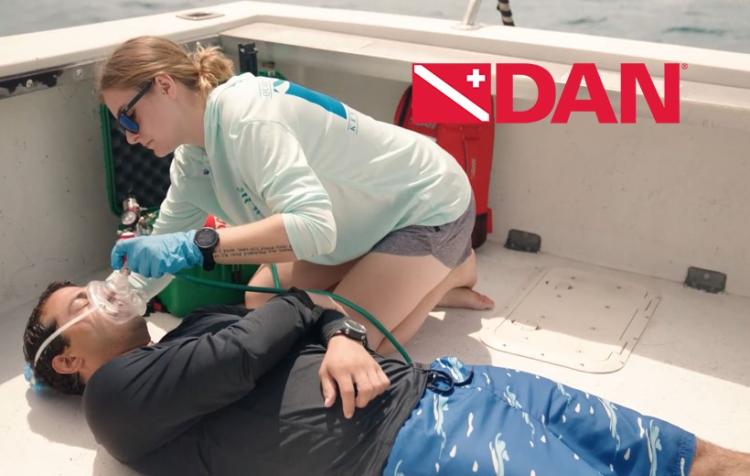DAN announces USCG approval of its first aid courses
The current version of DAN’s first aid and CPR courses, Version 3.0, was determined to meet or exceed the first aid and CPR training requirements for a merchant mariner credential.
Developed by dive medicine physicians and diving educators, DAN’s courses provide divers with the skills and confidence needed to respond in emergencies. All courses meet current ILCOR and AHA guidelines and are applicable to everyday life as well as diving.








